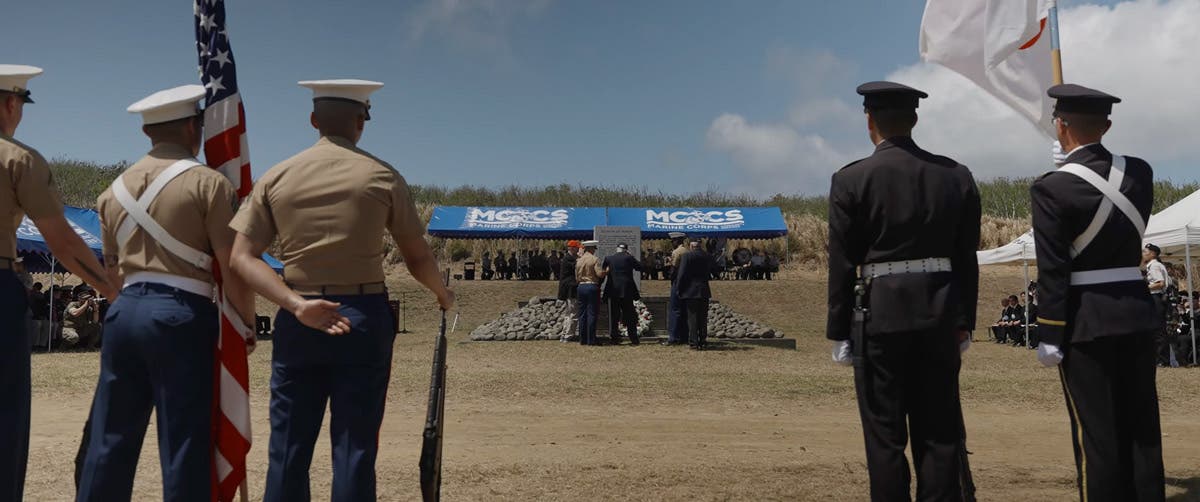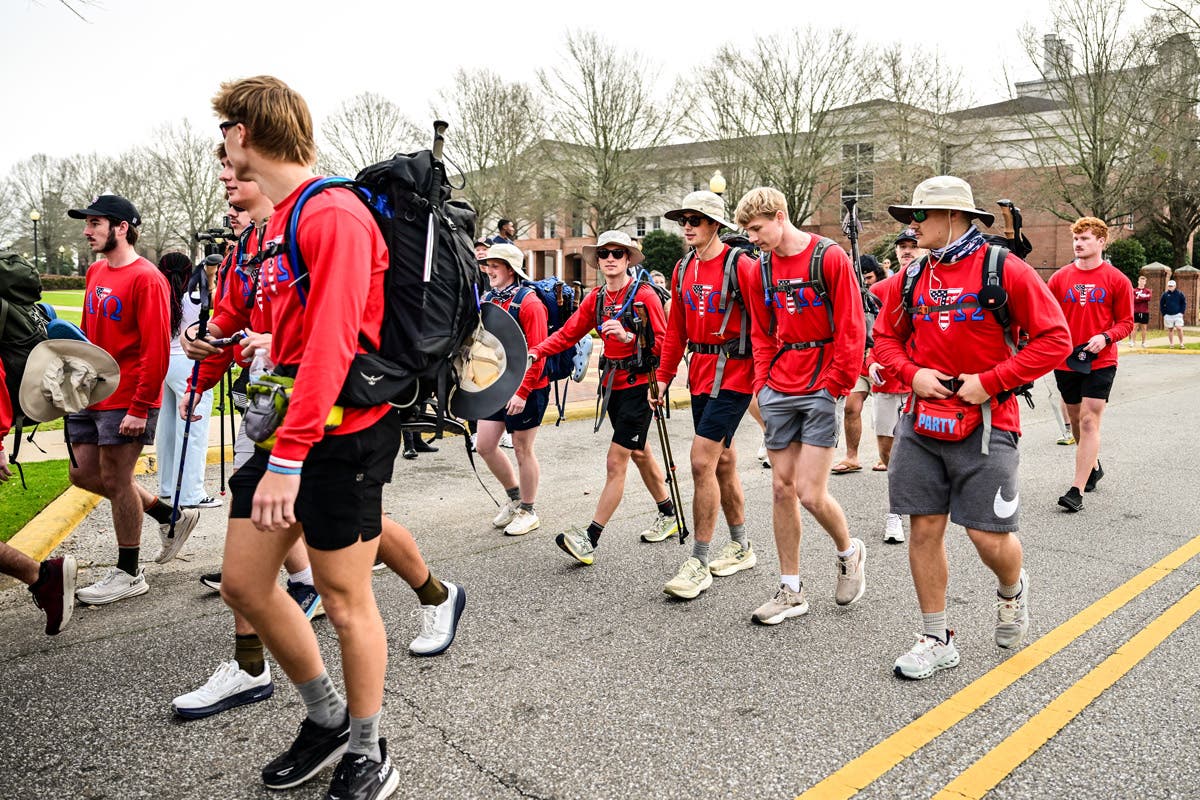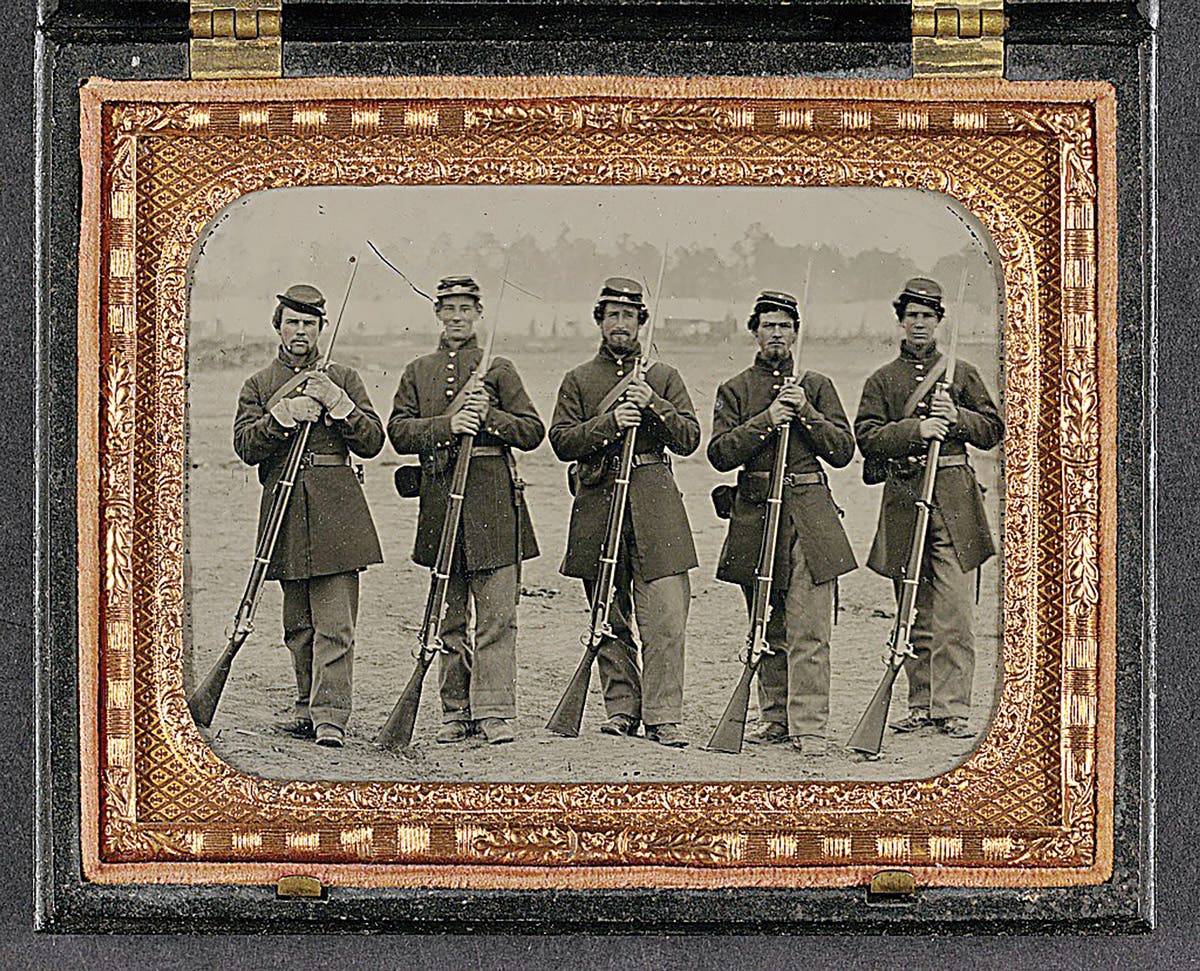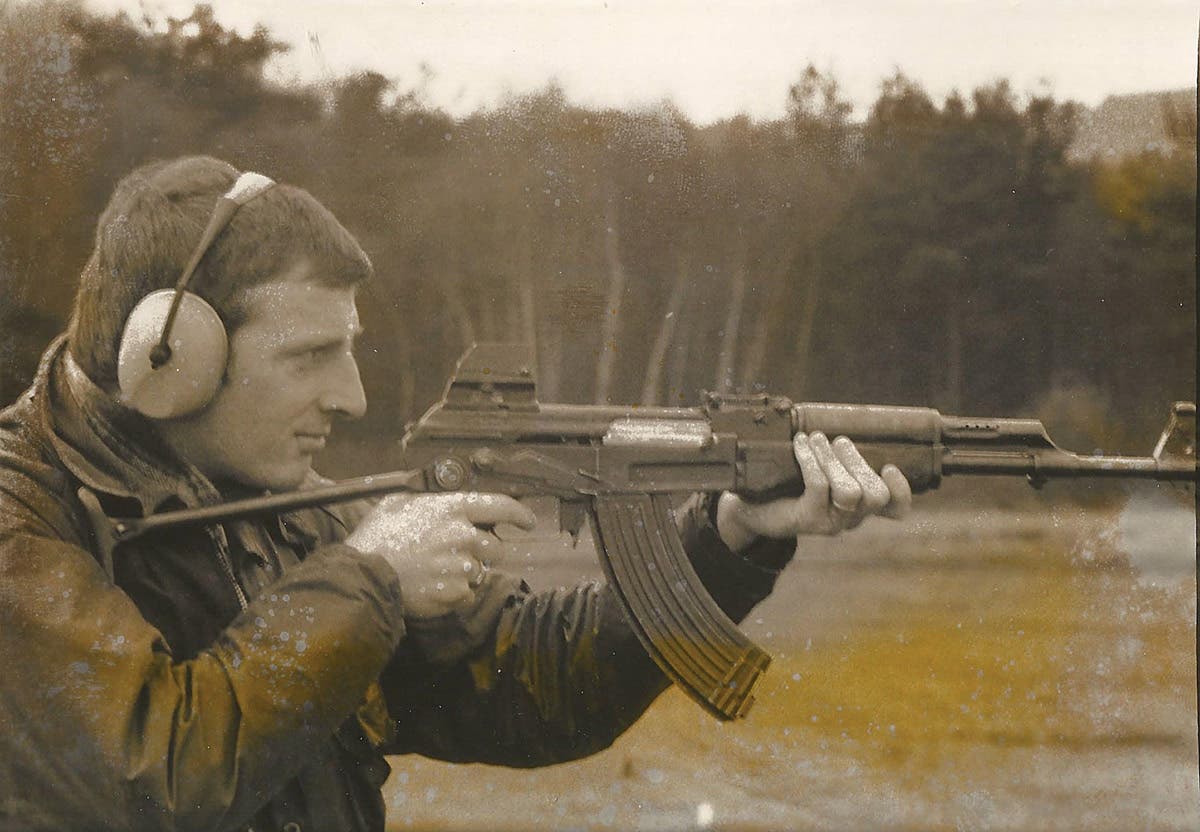Army’s new integrated head protection system field tested
By Mr. Rod Manke, Airborne and Special Operations Test Directorate, U.S. Army Operational Test Command FORT BRAGG, North Carolina — Airborne Soldiers here recently jumped the new Integrated Head Protection System…
By Mr. Rod Manke, Airborne and Special Operations Test Directorate, U.S. Army Operational Test Command
FORT BRAGG, North Carolina — Airborne Soldiers here recently jumped the new Integrated Head Protection System (IHPS) during operational testing.
Soldiers from the 57th Sapper Company, 27th Engineer Battalion, 20th Engineer Brigade, geared up to work with the U.S. Army Operational Test Command’s Airborne and Special Operations Test Directorate.
The IHPS is one of the six components of the Soldier Protection System (body armor), providing a larger area of protection for the head and face, and includes a system to measure head trauma.
According to Leon L. Price, a test officer with ABNSOTD, the purpose of operational test using Airborne paratroopers is to collect data to evaluate the suitability and safety of the IHPS when worn during static line Airborne operations.
Overall, IHPS is only a little lighter than the current Army Combat Helmet, while including numerous accessories, like a mandible, visor, night vision goggle attachment device, rails and a modular ballistic applique (not attached during airborne operations).
During the test, Soldiers participated in New Equipment Training which included familiarization, fitting, and suspended harness, all followed by a live parachute jump from a C-17 high performance aircraft at 1,250 feet above ground level over Fort Bragg’s Sicily Drop Zone.
“Operational Testing is about Soldiers. It is about making sure that the systems developed are effective in a Soldier’s hands and suitable for the environments in which Soldiers train and fight,” said Col. Brad Mock, director of ABNSOTD.
“I gave fair, honest and comprehensive feedback on the IHPS helmet,” said Cpl. Samuel Emling, a Combat Engineer with the 57th. “I enjoyed the testing. The test personnel were extremely professional.”
“Soldiers and test units have the ability to impact the development of systems by training while executing doctrinally-realistic missions, and then provide direct input to the combat developer of the system,” said Lt. Col. Vinny Intini, executive officer at ABNSOTD. “Their feedback is invaluable!”
Test Manager Steve McNair, of Program Manager Soldier Protection and Individual Equipment out of Fort Belvoir, Virginia, said the Army is expected to field 7,000 systems to a separate Brigades during fiscal year 2018 before moving to full rate production for fielding across the force.
“I think I benefitted personally by doing this,” said Spec. Aaron Adams, another Combat Engineer with the 57th. “It helps me with being comfortable jumping with new equipment. I enjoyed participating in the testing because we were the only Airborne unit to do so.”
“OTC is the U.S. Army’s only independent operational test organization,” Mock said.
“Any time Soldiers and their leaders get involved in operational testing, they have the opportunity to use, work with, and offer up their own suggestions on pieces of equipment that can impact development of systems that future Soldiers will use in combat.”
“Operational testing is OTC's opportunity to contribute to readiness; anything less compromises the Army's ability to provide the forces that fight and win the Nation's wars,” added Intini.
The U.S. Army Operational Test Command is based at West Fort Hood, Texas, and its mission is about making sure that systems developed are effective in a Soldier's hands and suitable for the environments in which Soldiers train and fight. Test units and their Soldiers provide feedback, by offering input to improve upon existing and future systems with which Soldiers will ultimately use to train and fight.
The Fort Bragg, North Carolina-based ABNSOTD plans, executes, and reports on operational tests and field experiments of Airborne and Special Operations Forces equipment, procedures, aerial delivery and air transportation systems in order to provide key operational data for the continued development and fielding of doctrine, systems or equipment to the Warfighter.





